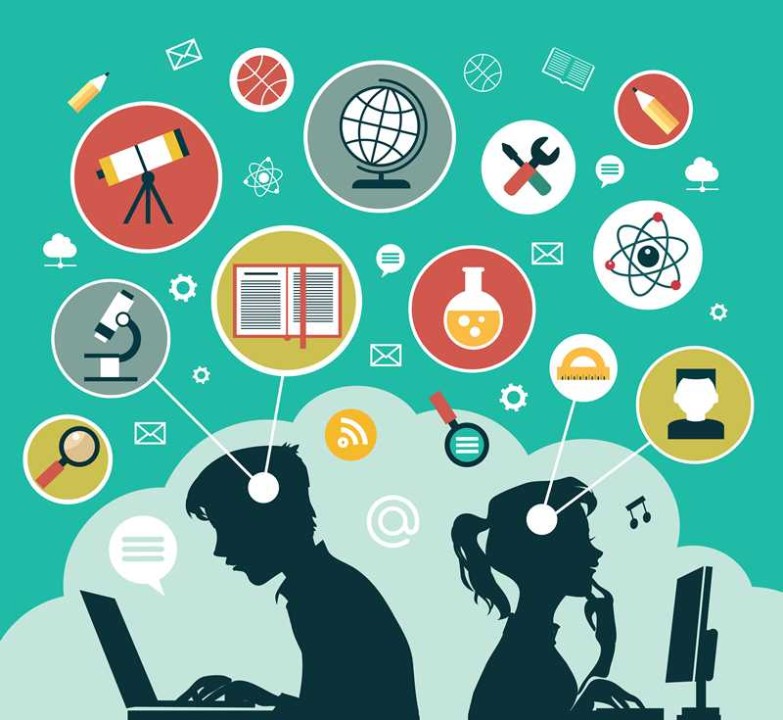The word “literacy” alone refers to reading and writing skills and as apparently everything becomes more digitized today, the new concept of “digital literacy” has entered into our world. This should be no surprise because it was only a couple of years before that because of the pandemic we were locked down in our homes mostly and found out a way to reach out through the internet. It has been since then the achievements and advancements have been taking place at a terrific pace.
While reading and writing are still two important items of digital literacy, we come to understand that it also has to cover a broader range of skills so as to be able to catch the new and ever-changing technology we use to receive and communicate information.
This is an important issue for the students who increasingly spend more time and learn in today’s digital education environment. As we speak about digital literacy in education, we refer to a student’s ability to use digital tools and technologies to work, learn and interact.
Children and students are more exposed to the digital world than older generations. UNICEF reports that 70% of 15–24-year-olds are on the internet. This means that even though there is no systematic instruction in their schooling, children/students find a way to develop digital skills on their own. So, one way or another, students have to be given the appropriate tools and methodology to keep up with this global trend.
Speaking of the benefits of digital literacy; first of all, it helps you to improve your writing, reading, listening and speaking skills and critical thinking capability, identify the misinformation and authentic materials, gives you cybersecurity awareness, have access to a wide variety of resources, use digital technology frequently and correctly, etc.
Being a good digital literate requires you improve certain skills by keeping on learning its three buckets, which are named by Hiller Spires, a professor of literacy and technology at North Carolina State University, as the following: 1) finding and consuming digital content: you learn to query a search engine using keywords and navigate those results 2) creating digital content: That includes writing in digital formats such as email, blogs, and Tweets, as well as creating other forms of media, such as videos and podcasts. You need to attain the necessary skills and learn all formats and programs so as to be able to produce these media. As these are original, they are in a way experimental works and can be criticized or attacked by anyone at any time. 3) communicating or sharing the digital content: unlike traditional writing, digital writing is generally intended to be communicated with others and learning the digital-writing tools that are designed to make that work easy will really make your life easier.
It’s a fact that producing and sharing a YouTube video about a national or an international issue or problem, such as a ship polluting the ocean by pouring out its dirt and oil, would attract the environmentalists and activists’ attention and perhaps cause the ship’s company or the banner country get punished. In this sense, I think it will be correct to describe the digital authorship as “a form of social power.”
In short, if we admit that the future is an ever-evolving digital world, we have to start investing in digital literacy today starting from the possible youngest classes at schools so as to build and live with it responsibly.
Sources:
https://pce.sandiego.edu/digital-literacy

